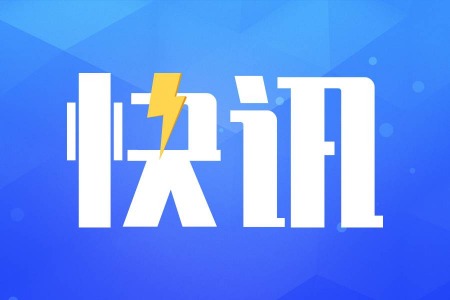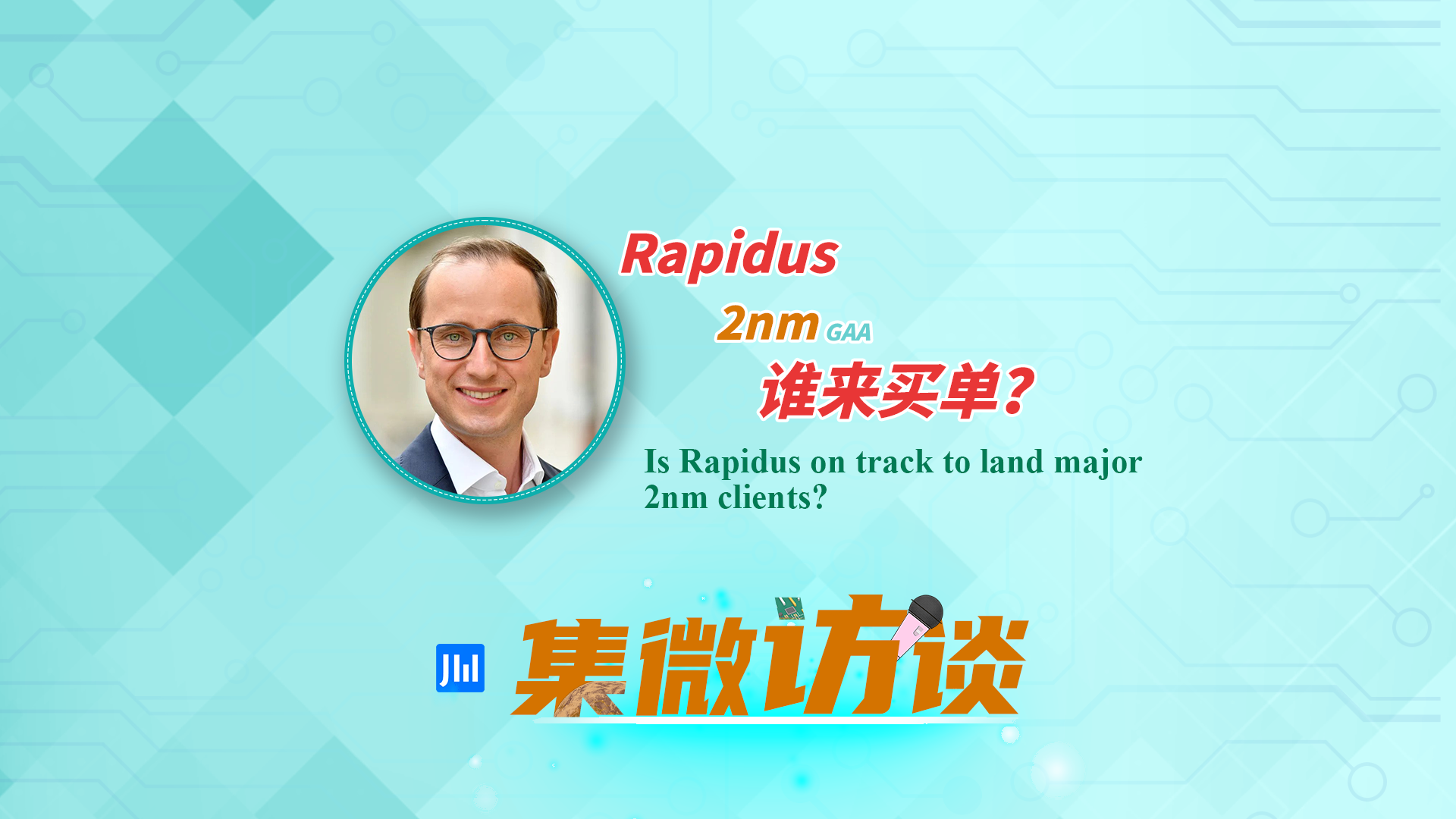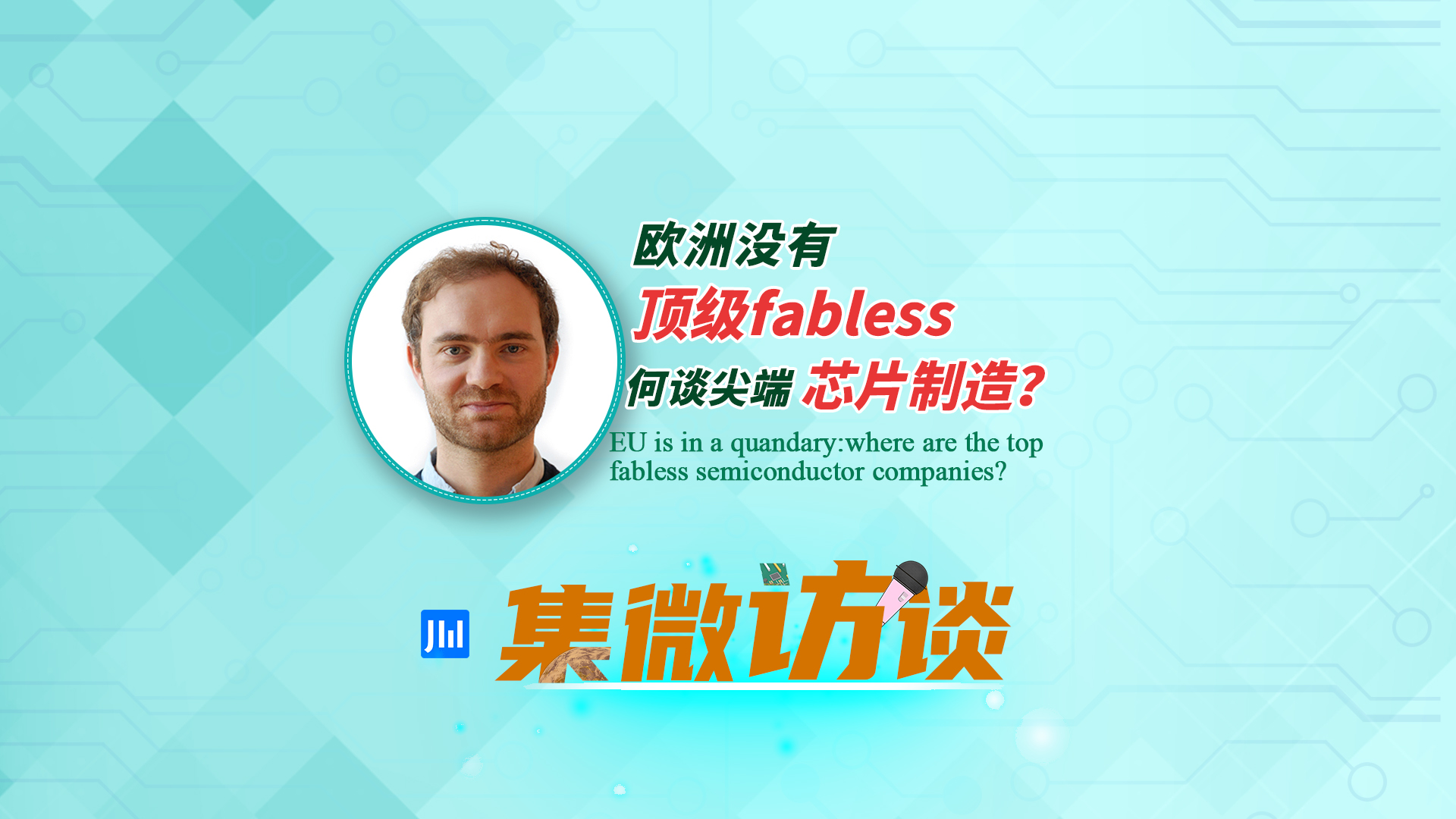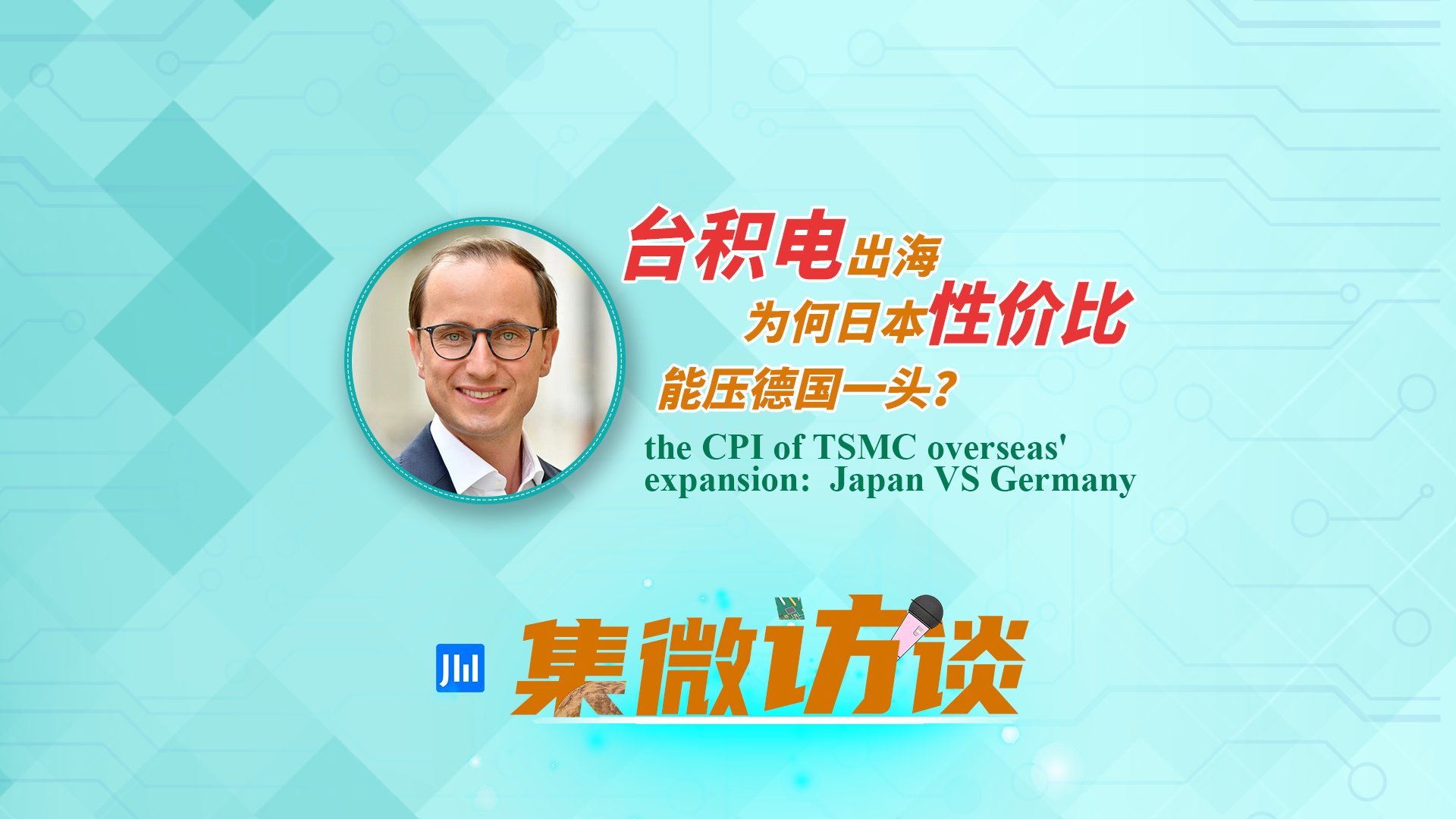Editing by Greg Gao/WM Zhang
Seven Chinese supercomputing companies were blacklisted in early April by the U.S. The move brought new limelight to China's supercomputing sector, invoking patriotic sentiments in China’s technology communities and memories of its rise from scratch to a world leader.
JW Insights reporter Ai Meng traced out the book “China’s Supercomputing – the Story of Yinghe and Tianhe” by Gong Shenghui published in 2018 and updated the major timelines of this history.
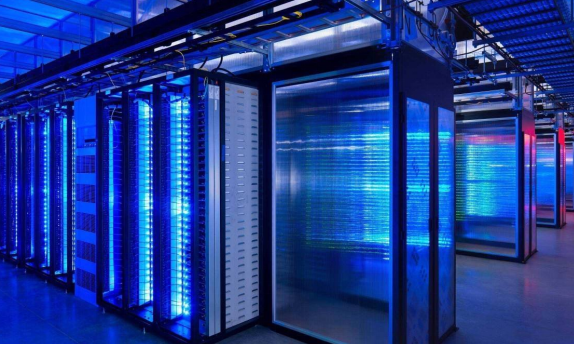
The seven Chinese supercomputing players that were placed on the “Entity List” by the U.S. Department of Commerce are Phytium Information Technology, Sunway Microelectronics, Shanghai High-Performance Integrated Circuit Design Center, the National Supercomputing Center in Ji’nan, the National Supercomputing Center in Shenzhen, the National Supercomputing Center in Wuxi, and the National Supercomputing Center in Zhengzhou. The first two are fabless companies that supply CPU products to supercomputers, servers, desktops, and notebooks.
With a considerably higher performance level than a general-purpose computer, supercomputers make billions of calculations per second to forecasting weather and climate trends, simulating nuclear tests, and pharmaceutical research, representing a country's caliber in science and technology. The United States has been an undisputed leader in supercomputing for most of the last century.
It developed the world's first programmable general-purpose electronic digital computer ENIAC in 1946. In 1993, the United States and Germany jointly started to compile the “Top 500 Global Supercomputers List”. It ranks and details the 500 most powerful non-distributed computers in the world and updates every six months, attracting global attention each time. Before 2001, the top three were always traditional computer powers the United States, Britain, and Japan, while the United States won the title of champion almost every time. Not a single Chinese supercomputer could make it to the TOP 500.
Then, in 2010, China’s “Tianhe-1” turned out to be the world's fastest supercomputer on the list. Since 2013 “Tianhe-2” won six consecutive top places. From June 2016 to June 2018, the Sunway Taihu Light was ranked as the world's fastest supercomputer for two years.
In the 2016 TOP 500 list, there were 167 systems from China and 165 systems from the United States. In the latest TOP 500 list of November 2020, China continued its leading positions at 217, accounting for about 43% of the overall share, while the United States had only 113 in the same period. By then China also developed independent intellectual property rights in the core chip and architecture of supercomputing.
China started supercomputer research and development in the 1960s. After establishing diplomatic relations between China and France in 1964, China once intended to purchase a $7 million supercomputer through France but had to give up because of the Committee for Multilateral Export Coordination restrictions. That pushed Chinese scientists to try harder and independently develop their world-level top transistor digital computer "441B" less than three years later.
In 1970s, Chinese scientists leaped greatly with its computer from ten thousand instructions per second to one million instructions per second. In this period, China badly needed supercomputers for oil exploration and had to buy from the U.S., which agreed at a much higher price and with nearly humiliating conditions. Computer performance was reduced for use only in geological prospecting. The key to the computer room was held by the American side and approval had to be requested each time the Chinese side needed to use it. This stung the Chinese teams deeply. Shi Ciyun, general designer of China supercomputing at the time, told the central government, “I will break my neck to build the supercomputer with our team! It will take us six years! Without a one-day delay! Without one cent to exceed our budget! ”
China's real foray into the supercomputer field came in 1983, when it introduced Yinhe-I, with a performance level of 100 megaflops. This success indicates the country's capability in independent designing and manufacturing supercomputers after the United States and Japan.
Almost ten years later in 1992, China introduced Yinhe-II, achieving 1 gigaflop performance. In 1997 Yinhe-II was upgraded to Yinhe-III, with 13 gigaflops. It was still far behind the world's top ones.
From 2007 to 2010, China established a complete CPU-GPU collaborative computing solution. In 2009 it introduced Tianhe-I - the fastest computer in the world from October 2010 to June 2011 and one of the few petascale supercomputers in the world. In October 2010, an upgraded version of Tianhe-1A overtook the U.S. Oak Ridge National Laboratory's Jaguar to become the world's fastest supercomputer, with a peak computing rate of 2.57 petaflops. Since then China’s march seems non-stoppable.
At the same time, other domestic supercomputer brands have also emerged in China. A number of domestic high-end supercomputers such as "Shuguang" and "Shenteng" have emerged one after another.
In 2015 the United States cut off the supply of Intel Xeon chips required by China's four major national supercomputer centers, claiming the supercomputers have been used to do nuclear testing.
Consequently, the U.S. ban served to boost up China's efforts in building its own CPU. The “Sunway” brand emerged with a SW-1 processor in 2006. By 2015, the Sunway chips had undergone multiple iterations, and its Shenwei 26010 processor surpassed the features of some commercial chips of international giants such as Intel, AMD, and Nvidia in the same period. By June 2016, using more than 40,000 Chinese chips, "Sunway SW26010" processor with completely independent intellectual property rights, Sunway Taihu Light was the No. 1 in the TOP500 list from June 2016 to June 2018. After that, the American OLCF-4 returned to the world’s top, surpassing China. In 2020, Japan's “Futake” came to the top position, and China’s Shenwei Taihu Light slid to No.4 and The-2 to No.6. No country has an even path to the peak.
China continues to improve its supercomputing in terms of independence, controllability, and security. Currently, the country's CPU brands such as Phytium, Sunway, Shenwei, Haiguang, Zhaoxin, Loongson, and Kunpeng are working steadily on bottleneck technologies under U.S. sanctions.
Dr. Jack Dongarra, chief editor of TOP 500, the world's most powerful supercomputer ranking list, told JW Insights: "In the short term, it (the U.S. ban) might slow down China's development perhaps. And this kind of thing has happened before. There will be an increase in research and funding in China to develop Chinese technologies. This will cause China to do more investment in terms of research, hardware, and software needed to build up its high-performance computing industry. In the long run, China will not rely on the West in supercomputing.”


 登录
登录

